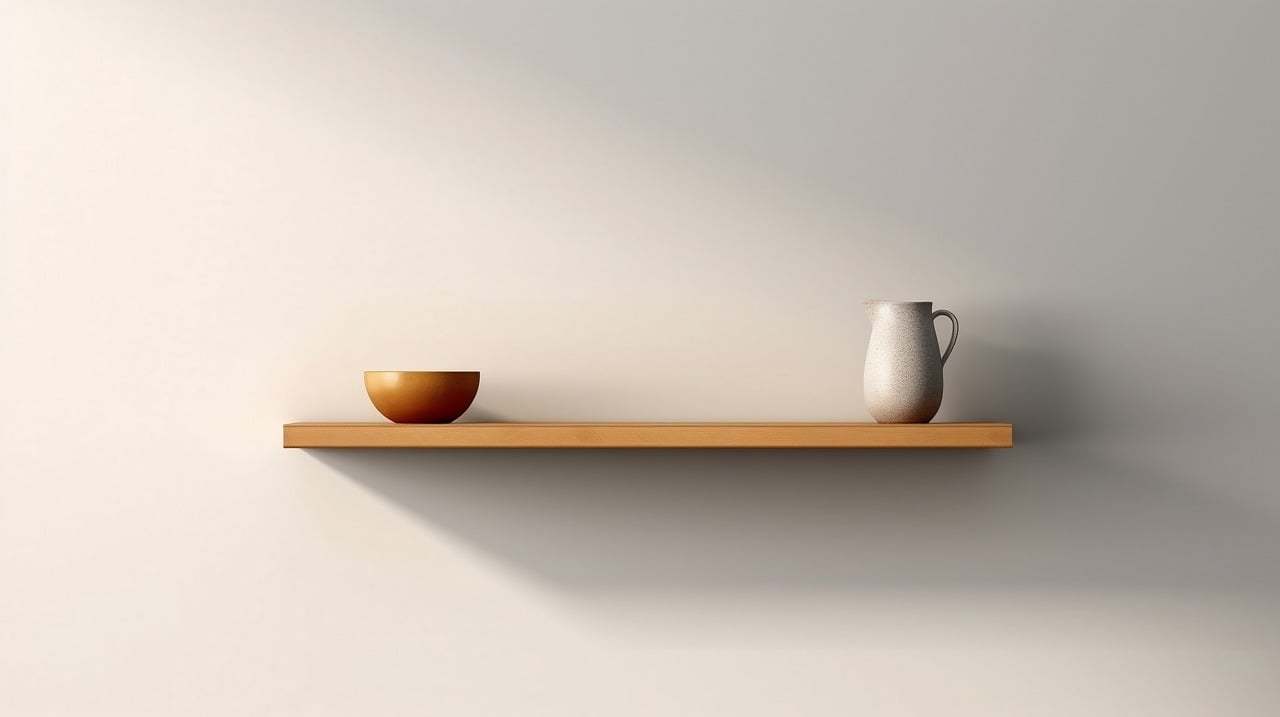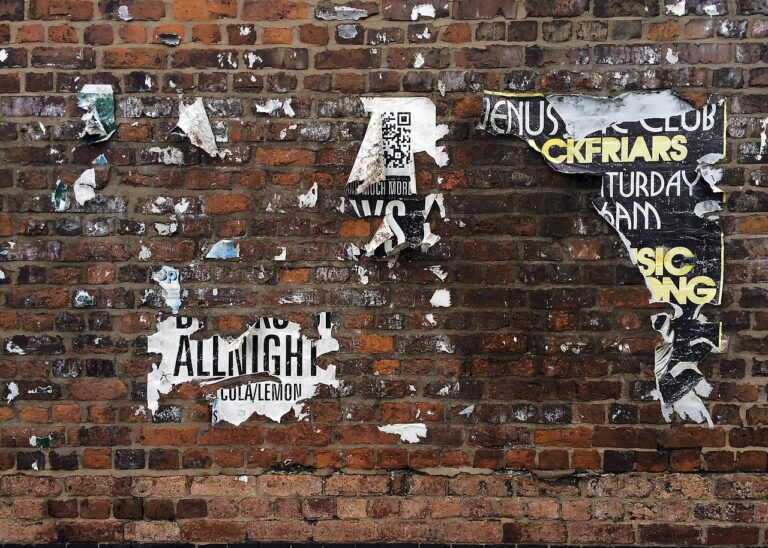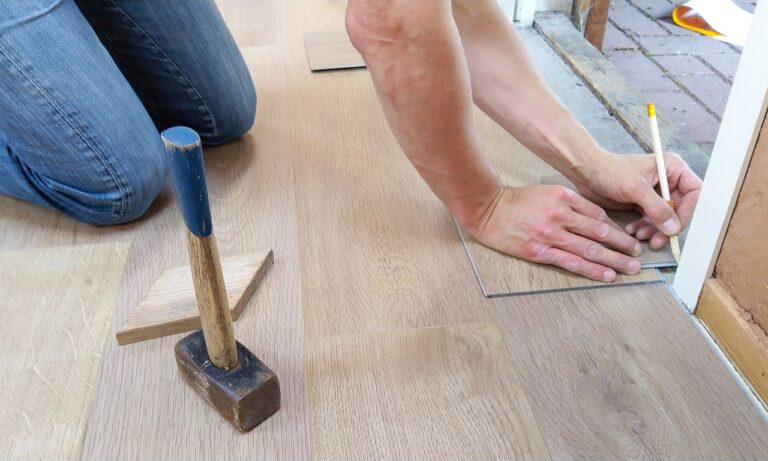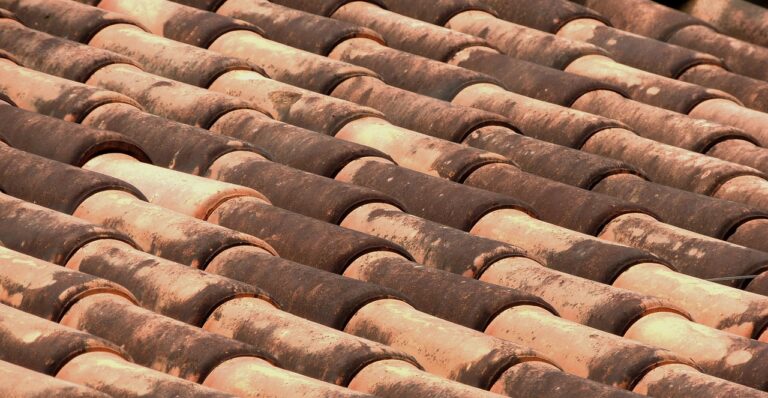Financing Options for Major Home Improvement Projects
When it comes to funding home improvement projects, there are several types of loans available to homeowners. One common option is a home equity loan, which allows you to borrow against the equity in your home. These loans typically have fixed interest rates and set repayment terms, making them a predictable and stable source of funding for renovations.
Another popular choice is a personal loan, which is unsecured and based on your creditworthiness. Personal loans can be quicker to obtain than home equity loans and are not tied to your property. However, they usually have higher interest rates and shorter repayment periods, so it’s important to carefully assess your financial situation before choosing this option for your home improvement project.
Secured vs. Unsecured Loans: Understanding the Difference
Secured loans require collateral, such as your home or car, to back the loan. This reduces the risk for the lender, allowing them to offer lower interest rates compared to unsecured loans. If you default on a secured loan, the lender can seize the collateral to recover their losses.
On the other hand, unsecured loans do not require any collateral, making them less risky for borrowers who do not want to put their assets on the line. However, this higher risk for the lender translates to higher interest rates for unsecured loans. Lenders typically assess the borrower’s creditworthiness to determine the terms of an unsecured loan.
Exploring Home Equity Lines of Credit (HELOC)
Home Equity Lines of Credit, or HELOCs, are a popular financial tool for homeowners looking to fund home improvement projects, consolidate debt, or cover other large expenses. With a HELOC, homeowners can borrow against the equity in their homes, with the home serving as collateral for the loan. Unlike a traditional home equity loan, a HELOC operates more like a credit card, allowing borrowers to draw funds as needed within a specified draw period.
One of the key advantages of a HELOC is its flexibility. Borrowers have the freedom to borrow only the amount they need, when they need it, up to the approved credit limit. Additionally, interest is only charged on the amount borrowed, rather than the entire credit line. HELOCs often come with variable interest rates tied to the prime rate, which means monthly payments can fluctuate based on market conditions. It’s important for borrowers to carefully consider their financial situation and ability to repay before taking out a HELOC.
What is a Home Equity Line of Credit (HELOC)?
A HELOC is a type of loan that allows homeowners to borrow against the equity in their home. It is a revolving line of credit that can be used for various purposes, including home improvement projects.
How does a HELOC differ from a traditional home equity loan?
Unlike a traditional home equity loan, which provides a lump sum of money upfront, a HELOC allows homeowners to borrow money as needed, up to a predetermined limit, and only pay interest on the amount borrowed.
What are the benefits of a HELOC for home improvement projects?
HELOCs can provide homeowners with flexible access to funds for home improvement projects, allowing them to borrow only what they need, when they need it. Additionally, the interest rates on HELOCs are often lower than other types of loans.
Are there any risks associated with a HELOC?
One potential risk of a HELOC is the possibility of falling into debt if homeowners borrow more than they can afford to repay. Additionally, if property values decline, homeowners may owe more on their HELOC than their home is worth.
How can I qualify for a HELOC?
To qualify for a HELOC, homeowners typically need to have a significant amount of equity in their home, a good credit score, and a stable income. Lenders may also consider factors such as the homeowner’s debt-to-income ratio and payment history.
How do I repay a HELOC?
Repayment terms for a HELOC vary depending on the lender, but typically homeowners are required to make minimum monthly payments that include both principal and interest. Once the draw period ends, homeowners may be required to make larger payments to repay the remaining balance.







